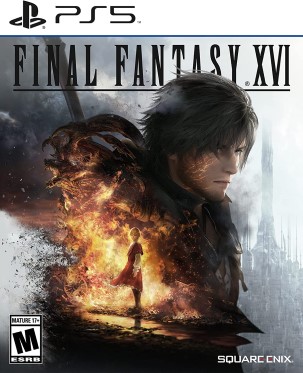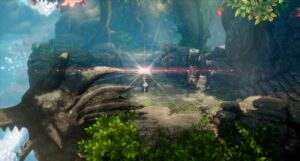
With Final Fantasy 16, traditions were broken. From a real-time combat system that rewards stylish play to a lack of emphasis on party members, with gameplay instead focusing on a singular character. Despite this, however, Final Fantasy 16 was well accepted when it first came out on the PS5 last year. The new PC release also manages to provide an excellent excuse to revisit the epic fantasy adventure.
Let’s get one of the most important things out of the way. The PC port of Final Fantasy 16 is downright fantastic. It provides plenty of graphical options to tinker with, and manages to play surprisingly well with mouse and keyboard controls. I would still, however, recommend using a controller to play, since Final Fantasy 16 is a pretty fast-paced game and the frantic action might end up being an easy to ruin your mouse’s switches.
Running the game on a mid to high ranged PC—AMD Ryzen 7 7800X3D, 32GB of DDR5 6000 MHz RAM and an AMD Radeon 7800 XT—was effortless with every setting pumped up to its highest setting. Enabling AMD’s FSR 3.1 setting running at native resolution also meant that I was able to get well over 100 frames per second while playing at a resolution of 1440p.
Surprisingly, the game’s framerates did occasionally dip down to the high 60s, but the occurrence was so rare that it indicates that the dip was the result of the game loading in more large assets in the background. Interestingly, despite running its cutscenes at 30 frames per second, the game was able to seamlessly transition between gameplay and cutscene without much in the way of drastic or dips in frame rates.
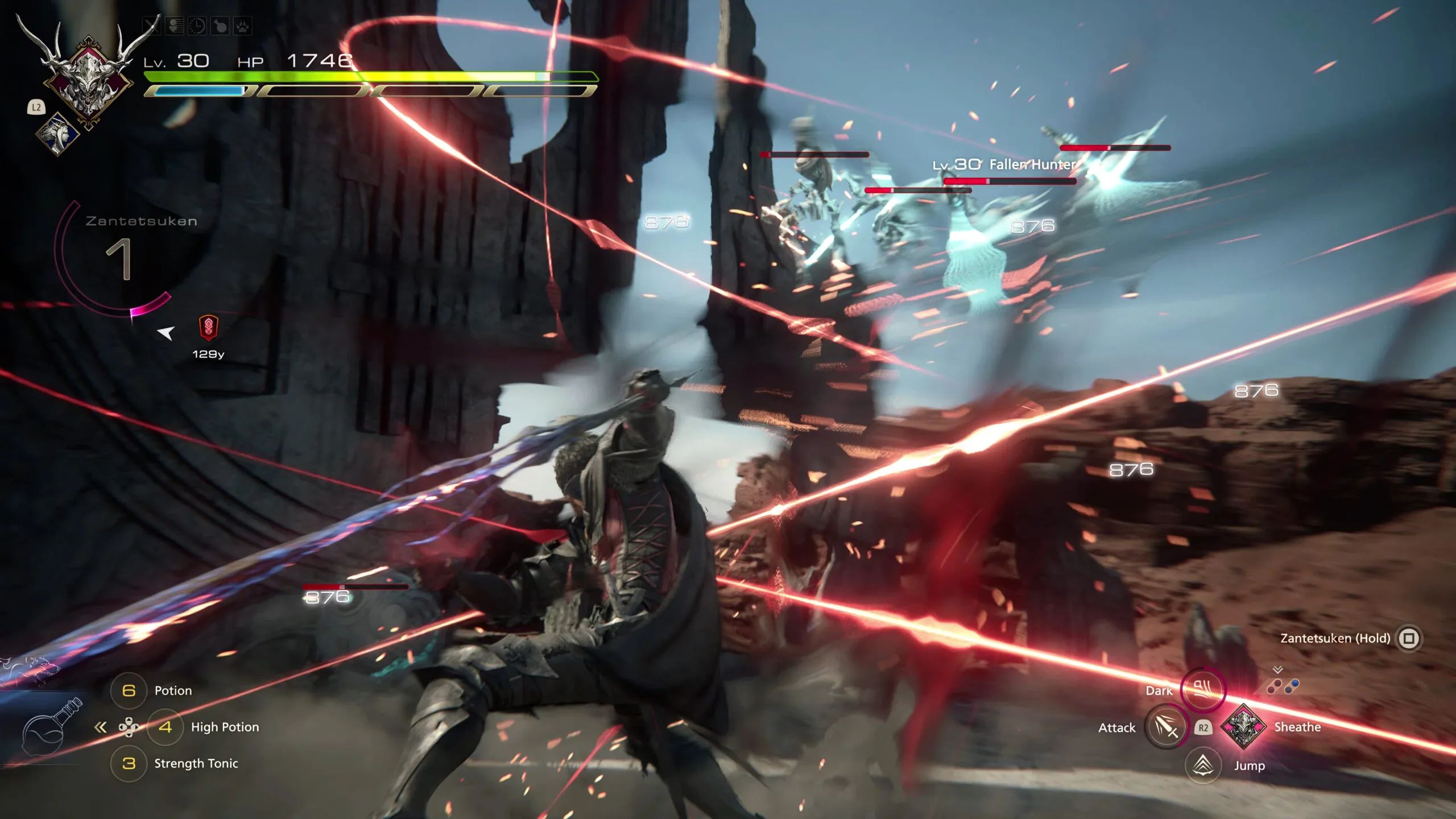
"The PC port of Final Fantasy 16 is downright fantastic."
With all of that out of the way, it’s also worth talking about the visuals in the PC release of Final Fantasy 16. While it was already an incredible-looking game back on the PS5 release, the PC release feels like players that have the systems to handle it can get the best of both worlds—gorgeous visuals thanks to the generally faster hardware on modern gaming PCs, as well as stable high frame rates, allowing for the action gameplay to really shine through thanks to responsive controls.
The visuals especially shine through when some of Final Fantasy 16’s several set pieces in the form of the Eikon battles come into play. Right from the first one you get at the end of the prologue where Phoenix faces off against Ifrit, the sense of scale provided by these set pieces is rivaled only by either some of the older action games. These battles are also the venue for some of the most interesting music. While a lot of fights feature the iconic orchestral music that the Final Fantasy 16 is known and loved for, special mention has to go out for tracks like Do or Die from the Titan fight, and Catacecaumene from the Typhon fight.
These more eclectic tracks are joined by fantastic orchestral pieces like the theme song Land of Eikons, which blends elements of modern orchestral music with elements of classic RPGs, and the bombastic track Away acts as the theme for one of the game’s earlier set pieces.
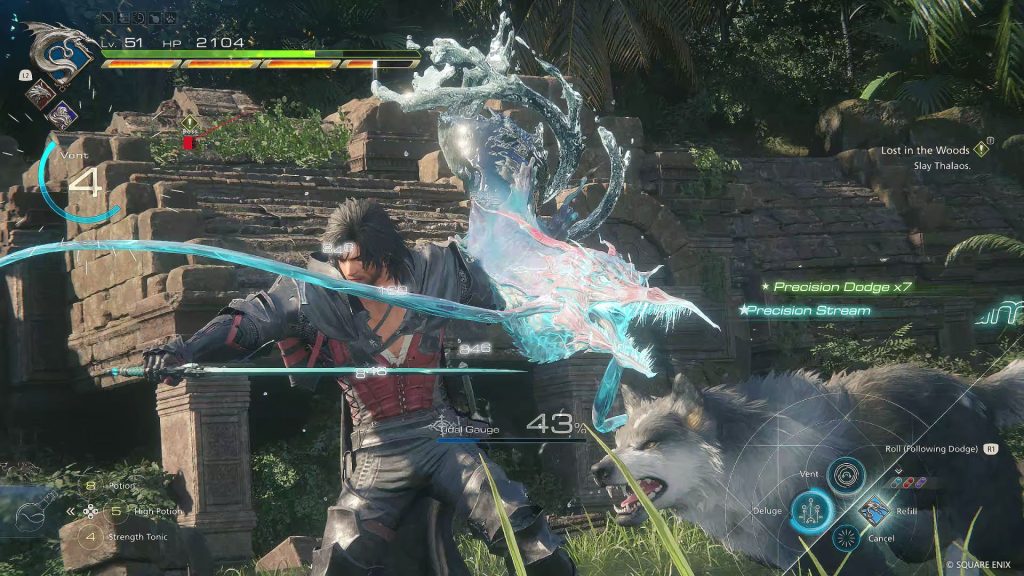
"The visuals especially shine through when some of Final Fantasy 16’s several set pieces in the form of the Eikon battles come into play."
Final Fantasy 16 also manages to have the darkest general tone and setting of any of the games in the genre and manages to kick things off with what might just be one of the greatest prologues of any game out there. While the player is thrust into gameplay almost immediately with the epic battle between Phoenix and Ifrit playing out, eventually, protagonist Clive Rosfield is introduced, and through flashbacks, we get a more complete picture of what went down 13 years ago, which ultimately led to a young Clive being one of the only survivors of a military operation, betrayed by his mother, and sold off into slavery.
Slavery is a pretty major theme throughout Final Fantasy 16, and much of the game’s earlier chapters revolves around exploring the world, how it treats the people that it has branded as slaves—referred to as Bearers—and how the protagonists can go about changing this fact. Along the way, the vibrant cast of characters—Clive, Cid, Jill and Torgal—must also figure out how they can stop the blight that is slowly spreading throughout the land of Valisthea, making the land uninhabitable since the soil can’t support life for plants and animals, and magic doesn’t work in blighted areas.
Final Fantasy 16’s story is just as grand and bombastic as the best of the genre might have to offer, and the cast of protagonists will travel all over the world to complete their objectives, which can range from sparking rebellion and destroying the giant Mothercrystals that are believed to fuel the magic in the area, to even taking part in some political intrigue here and there. Considering the game’s massive cast of characters, one of its best features is also the Active Time Lore window, which basically allows players to check out how different characters are related to each other, why they might hate each other, and what their motivations might be. The feature can also be used mid-cutscene, just in case you forget who the characters currently in the scene might be.
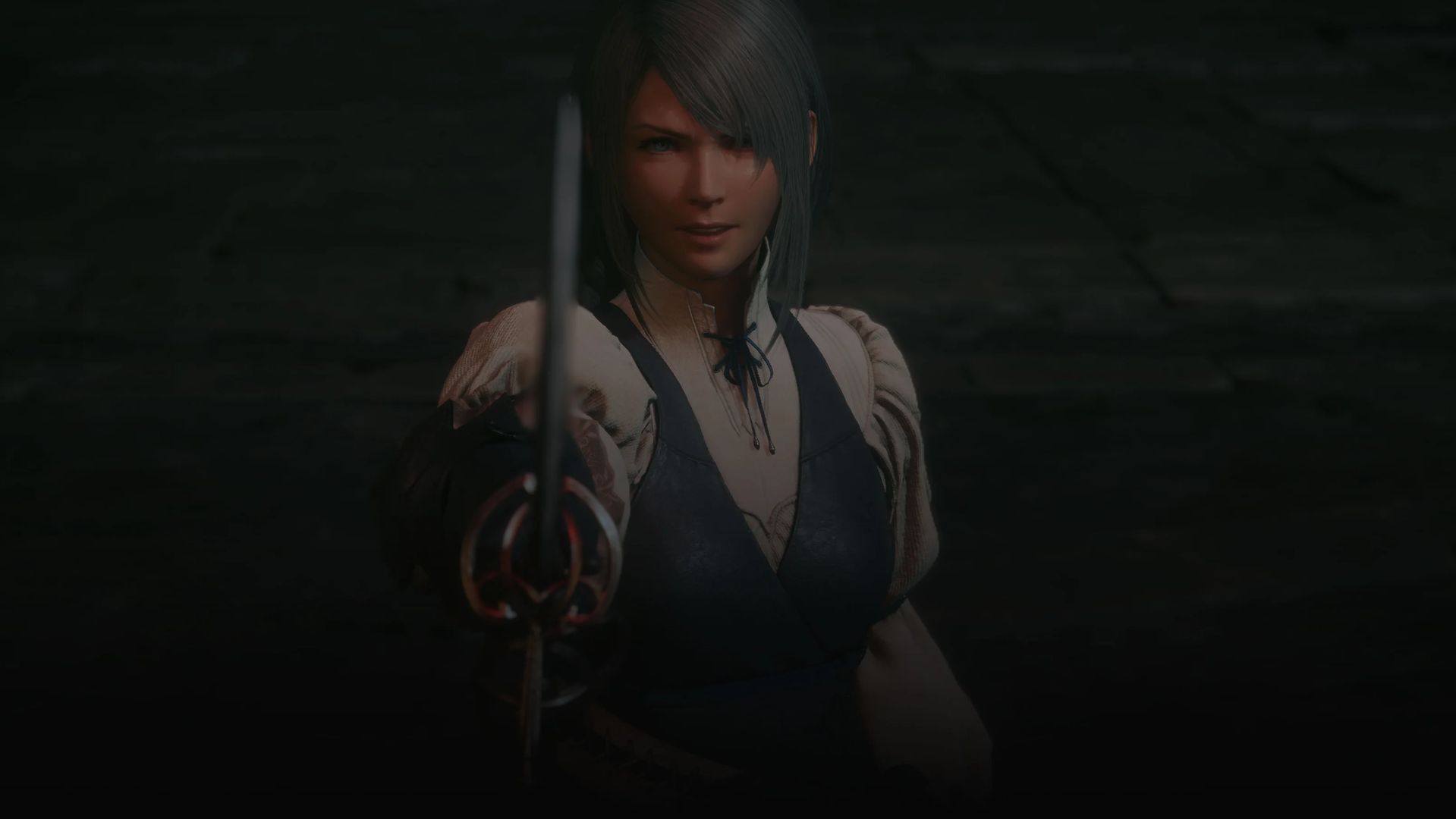
"One of its best features is also the Active Time Lore window"
The only real downside in Final Fantasy 16’s storyline is that it suffers from some pacing problems. While the first and final acts are excellently done, there is a middle part where the game’s story comes grinding to a halt. While this does offer some respite, since this part of the story, which revolves around building an airship, after the rather high-octane parts it comes on the heels of, the series of quests you have to do are quite bland, often being little more than fetch quests, and definitely go on for too long. Once you get over this 5-7 hour hump, however, things quickly pick back up again as Clive and Co. set their sights on the Mothercrystal at the capital of the Sanbreque empire.
The story also suffers by focusing almost exclusively on Clive. While he is the protagonist of the game, the lack of a real party system means that the supporting cast and crew get little to no screen time, and even pivotal characters like Jill feel rather underdeveloped. This also applies to the villains, with characters like Annabella and Benedikta, while fantastic antagonists in their own rights, feeling quite wasted since they just don’t appear in the story as often as they should have.
All this aside, Final Fantasy 16 is still a fantastic game, and the PC release now means that more players will get a chance to experience one of the most captivating, dark, and outwardly political stories in the genre. Sure, its action-based gameplay might look like it demands too much from you, but the gameplay itself has been tuned so finely that both newcomers to the genre, as well as experienced action players will find something to enjoy.
This game was reviewed on PC.
Excellent performance; Plenty of graphics options to tinker around with; Some of the most spectacular boss fights in video games.
Pacing issues in the middle act; Story focuses on Clive to the detriment of other characters.










